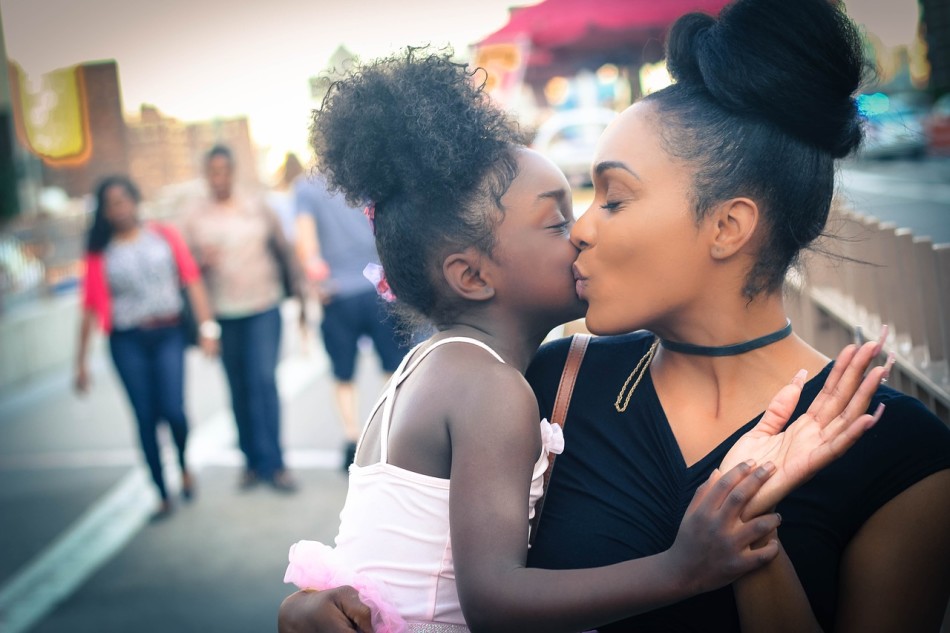Positive discipline is a revolutionary approach to parenting that has been gaining popularity among experts in recent years. This method emphasizes positive reinforcement and building a child’s self-esteem and sense of responsibility rather than relying solely on punishment.
Imagine a world where children are taught right from wrong through encouragement and praise rather than fear and punishment. That’s precisely what positive discipline aims to achieve. Rather than simply controlling a child’s behavior, this approach helps children internalize positive values and self-discipline.
This method is not only effective in the short term, but also in the long term, as it helps children to develop a strong sense of self-worth and self-confidence, which can serve them well in the future.
Positive discipline techniques include setting clear and consistent limits, using natural consequences, and praising children for positive behavior. This approach effectively gets children to behave and helps them become well-rounded individuals who can make positive choices.
6 proven positive discipline techniques that will surely help
1. Master the art of distraction
According to Dr. Luice Cluver, Professor of Child and Family Social Work at the University of Cape Town, it might be helpful to divert your child’s attention with a more constructive activity when they are in difficulty. “You may successfully divert their energy towards good behavior when you distract them towards something else, such as by changing the topic, introducing a game, taking them into another room, or going for a stroll.”
Timing is equally important. Distraction also involves recognizing when something is likely to go wrong and acting on it. Recognize potential problems before they arise, such as when two siblings are eyeing the same item or your youngster is becoming fidgety, irritated, or annoyed.

2. Praise your child’s good behavior
Whenever possible, provide praise for positive behavior. According to research, children are more likely to repeat the desired behavior when they receive credit for doing well, such as obeying a rule or sharing a toy.
Praise for a specific act of excellent conduct rather than the child’s character or personality is more beneficial when utilizing positive reinforcement.
Point out the good behavior your child displayed, such as showing care for someone who could be wounded or appears to be grieving (like asking if their friend was okay). Remember to highlight how much the person who received their generosity valued it.
Natural incentives for excellent behavior are far more potent than compliments. Consider granting the request to encourage future requests that are as courteous, such as if a youngster politely requests five more minutes to bounce on the trampoline rather than throwing a fuss when playtime is about to finish.
3. Understand selective ignorance
Ignoring poor behavior can be an excellent method to end it, provided your child isn’t engaging in anything risky and receives lots of praise for good conduct. In addition, children can learn about the repercussions of their actions by being taught to ignore poor behavior.
For instance, if your toddler intentionally drops her cookies, she will quickly run out of cookies to eat. Likewise, she won’t be allowed to play with her toy if she tosses and breaks it. It will take her only a short time to figure out how to play with her toys responsibly and stop dropping her cookies.
4. Be ready to face the trouble
Prepare in advance for scenarios in which your child may struggle with behavior. Get them ready for forthcoming events and the behavior you desire from them.

5. Don’t use too many words
Try using one strong phrase to communicate your message to your child in the present rather than making complicated demands on them. For example, mention “teeth” rather than instruct them to clean the sink after brushing their teeth and go upstairs.
Instead of repeatedly reminding your youngster to be polite when asking for anything and going into great detail about why it’s necessary, say “please” to start them off. Children respond best to immediate, straightforward directions; you can justify them afterward.
The temptation to repeat yourself will be substantial if your youngster immediately cooperates. However, before doing so, pause. Continually reminding children of what you just stated will teach them to wait for the next instruction before acting.
6. Don’t forget to listen
It is crucial to listen. Before assisting with the solution, let your youngster finish their narrative. Watch for instances when bad conduct tends to repeat, such as when your youngster feels envious. Instead of merely imposing punishment, have a conversation with your youngster about this.
Follow us on Twitter, Facebook, or Pinterest

